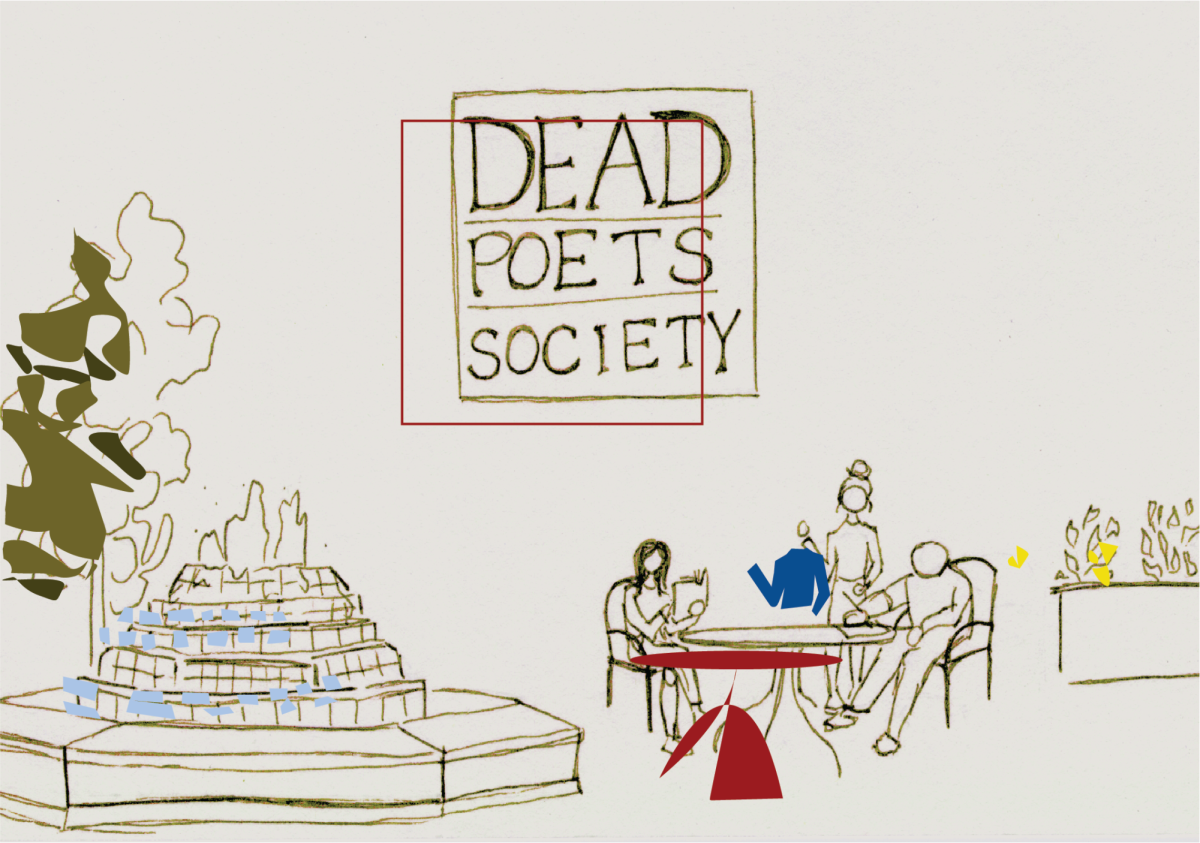For those sojourning through the Bible, it is obvious no story or film is as violent and gore-filled as scripture itself. God exhibits the horror of humanity, making him the most renowned horror director in history. In scripture, there lies unavoidable stories of murder, disembowelment, head-severing and even cannibalism while presenting the irrefutable dichotomy of good and evil.
Irrefutable dichotomy
The horror genre can provide similar — though not comparable — merit and sometimes has relatively less grotesque subjects than the Bible. Unfortunately, Christian fundamentalists writhe in discomfort towards horror. The increasingly dogmatic Christian aversion to such violence in media and art has become more cultural than spiritual.
The Bible stands as the most edifying piece of literature in history of language and features some ghastly and violent passages. It possesses the most imperative wisdom ever written and chronicles the most wicked acts committed by man.
Horror stories and other horrific art mediums possess the means to be a persuading conciliator for the Christian worldview and godly apprehension. The prophets of God relied heavily on images of horror to induce holy fear of sin and its consequences in their audience in order to point towards God. Similarly, horror films can accomplish these same “prophetic” redemptive tasks, occasionally providing the kindred consequences of modern man’s hubris, such is the case with the nausea-inducing art-house film “Raw.”
Intrinsic messages
“Raw,” directed by Julia Ducournau, is everything as advertised: a claustrophobic bloodbath undeterred by what is considered one of the abhorrent taboos of human nature — cannibalism. Yes, human flesh preying upon other human flesh. Many of the film’s repulsive scenes are almost impossible to justify viewing by almost every means, let alone biblically.
The sensory overload of blood and guts may have catapulted this film into cult-classic swirlings, but intrinsic messages dwell beneath the throbbing skin of “Raw.” The valuable lessons “Raw” wavers to unveil need to be brought to light just like every other valuable Biblical narrative we read as Christians — narratives surfaced by demonic spectacles featuring massive famine, outbreaks of festering sores veiling humans, dragging of rotting corpses while individuals hurrah and a prostitute stripped naked, burned and cannibalized upon.
Whether the director follows Christ or not, the film’s protagonist retains biblical connections. “Raw” centers around first-year vegetarian veterinary student Justine, played by Garance Marillier. Unfortunately for Justine, the older students, including her older sister Alexia, have hazing surprises in store, one which specifically involves eating a raw rabbit kidney. The chaste Justine caves in under peer pressure of Greek tradition and forces it down. This act awakens an urge, a desire she never coherently had, to shed her youth and innocence. Her transformation commences with a gruesome allergic reaction on her skin, but a brimming desire for more flesh, and not necessarily that of animals, but human flesh.
Captivating tapestry
Despite how overpowering the blood department of “Raw” may seem, this unique and original horror tale plunges its message home soundly.
While she wields themes of desire prominently, Ducournau adeptly weaves a captivating tapestry of other motifs dealing with temptation, femininity, lust and body image. But none strikes quite as hard than the foreboding darkness of animalistic desire. Not only can such discussions reinforce the biblical doctrine of the basic malevolent nature in humanity, but personify profound arguments regarding the destructive evil resulting from man’s ways.
A defense of horror and thriller movies should not subjugate universally. After all, the Christian who views the film can discern good and evil. The horror genre contributes the means to do so. Like Paul, Christians can examine relative and immoral culture in order to delineate good and evil and reach out redemptively to others. “Raw” deserves to be talked about in spite of its graphic nature. It presents more than ultra-gore. It offers up a real artistic finesse in filmmaking while flaunting transcendental morals that do not discriminate based on religion.







